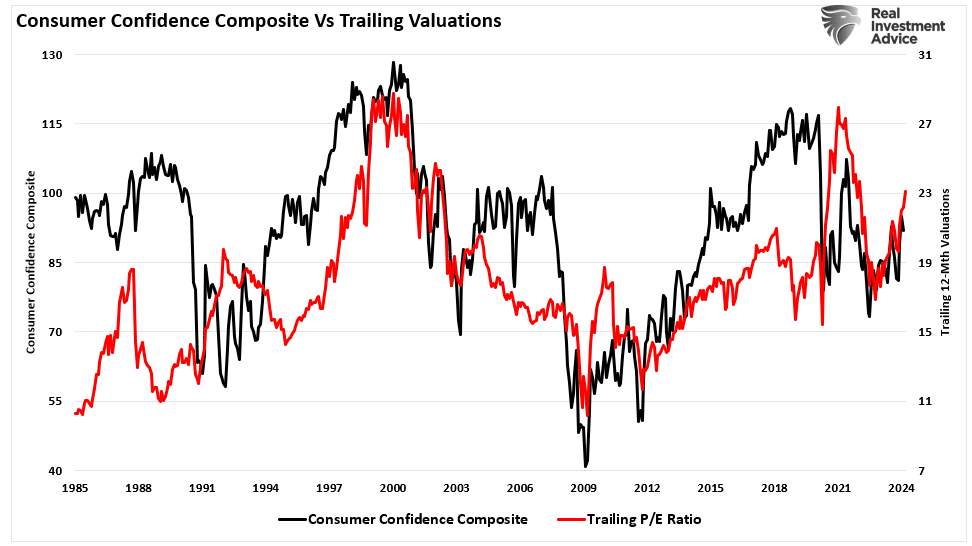Berkeley Professor Brad DeLong has delivered a nice allegorical entry in his type pad on a quick Quantitative Easing. Letting speak old greek mythological figures he hides his personal opinion.
A half now completely written platonic dialogue on what the Federal Reserve is Doing — or not Doing — Right Now
DeLong explains the composition of the Federal Open Market Committee (“FOMC” or a bit misleading “the Fed”).
Dividing the FOMC members into groups
Daedalos: I would start by dividing the potential voting members of the Federal Open Market Committee into several groups. The first group is made up of Elizabeth Duke, Jerome Powell, and Esther George. The second group is made up of Dan Tarullo, Sarah Bloom Raskin, Sandra Pianalto, and Dennis Lockhart. The third group is made up of Eric Rosengren, Charles Evans, and John Williams. The fourth group is made up of Jeffrey Lacker, Charles Plosser, James Bullard, Narayana Kocherlakota, and Richard Fisher. And the fifth group is made up of Ben Bernanke, Janet Yellen, Jeremy Stein, and William Dudley.The first group are financial-sector worthies with a bias toward inaction and not rocking boats, but willing to go along with strong views from elsewhere on the committee. The second group are those without strong monetary policy opinions of their own who are distressed by the current situation and willing to engage in boat-rocking if they can be convinced it would be constructive.
The third group–Rosengren, Evans, and Williams–think like we do.
The fourth group–it is not at all clear to me right now that the fourth group “think” at all. They have been wrong about the state of the economy and the balance of risks since 2008. They know that they were wrong. Yet all that they can think of to do right now is to cling tight to their previous policy positions and hope that events take a turn that makes them look less foolish in the future than they look now. If they admit that they have been wrong–if they mark their beliefs to market–then, they think, they lose authority, influence, and face. They are like bankrupt Savings and Loans refusing to recognize their situation and gambling for resurrection. I heard both Richard Fisher and Narayana Kocherlakota several months ago, and faced with probing questions he would not stoop to engage…
Kurush: OK. I get it. The fifth group?
Daedalos: The fifth group–Bernanke, Yellen, Stein, and Dudley–are, or ought to be, the deciders here. They have deep knowledge of and strong substantive views about monetary policy. They are not reputationally bankrupt and thus gambling for reputational resurrection.
Hence we obtain 5 groups.
- Bias towards inaction.
- Group that needs to be convinced by others in order to implement easing.
- Strong proponents of easing.
- Hawks, who are object to strong criticism from Daedalos
- The deciders…
We have put these groups into our latest preview of Jackson Hole, where we explain why Jackson Hole will be a non-event and QE3 might be postponed to 2015.Bernanke on Monetary Easing and Price Inflation
The Bernanke 1999 Japan paper on why monetary expansion must raise price levels and why he thought that Japan’s policy makers were doing something wrong that Japan cannot get out of deflation:Lykourgos: It is true that current monetary conditions in Japan limit the effectiveness of standard open-market operations. However… liquidity trap or no, monetary policy retains considerable power to expand nominal aggregate demand…. Despite the apparent liquidity trap, monetary policymakers retain the power to increase nominal aggregate demand and the price level…. [O]ne can make what amounts to an arbitrage argument–the most convincing type of argument in an economic context…. Money, unlike other forms of government debt, pays zero interest and has infinite maturity. The monetary authorities can issue as much money as they like. Hence, if the price level were truly independent of money issuance, then the monetary authorities could use the money they create to acquire indefinite quantities of goods and assets. This is manifestly impossible in equilibrium. Therefore money issuance must ultimately raise the price level, even if nominal interest rates are bounded at zero. This is an elementary argument, but, as we will see, it is quite corrosive of claims of monetary impotence…The Fed did its job, but Obama did not
Prof. Christine Romer, Berkeley, was 2008 in favor of a huge fiscal stimulus.Kurush: At their monthly lunches, Christy Romer prodded Bernanke: “You need to do more monetary stimulus”. But Bernanke didn’t want to unless he absolutely had to. As he reminded Romer, there were other ways to jolt the economy: “You need to do more fiscal stimulus!”There was no huge fiscal stimulus but the Fed did its job correctly. But still they thought at the end that the “Administration let us down” because there was no program for underwater borrowers, as Joe Gagnon explained:Daedalos: [O]ne of the biggest goals of QEI was to push down the mortgage rate to spark a refinancing boom to encourage households and enable households to reduce their expenditures and repair their balance sheets and be able to spend again. That worked not quite as well as we hoped because the administration’s program for getting underwater borrowers to borrow didn’t work and I think that’s a true disaster that has no excuse. I have nothing but incredible, there’s just, the blame the administration on not doing this is just incredible. This could have been a huge success. We got the lowest 30-year mortgage rates in history and we couldn’t take advantage of them to the extent that we could. We got about a trillion dollars in refinancing when we should have gotten two or three trillion dollars in refinancing.Are you the author? Previous post See more for Next postAdditional Easing may cause a boom-bust cycle
DeLong states that housing and bank lending (Bernanke-Gertler credit channel) must be repaired first. He omits to say that there is there is “a large imbalance of supply and demand in housing” and an “overhang in empty and foreclosure homes” (Bernanke February 2012).Daedalos: Remember that Bernanke is not just Bernanke of Bernanke on Japan (1999) and not just Bernanke the Federal Reserve Chair but also the Bernanke of the Bernanke-Gertler credit channel. There does come a point where the Bernanke of the Bernanke-Gertler credit channel will conclude that–unless and until the credit channel in housing is unblocked–Then additional stimulus could lead to the Austrian boom-bust cycle of Friedrich Hayek or to nothing at all.Daedalos: “additional monetary stimulus will either (a) do nothing, or (b) create quasi-Hayekian structural problems of maladjustment that then will require painful correction.”The previously so dovish Daedalos should learn now that quantitative easing flyers may fly too high.
Tags: Austrian economics,Ben Bernanke,Brad DeLong,Dudley,Eric Rosengren,Federal Reserve,fiscal stimulus,Fisher,FOMC,Hawk,Jackson Hole,Janet Yellen,Jerome Powell,Kocherlakota,Libertarian,Monetary Policy,monetary stimulus,QE3,Quantitative Easing



































